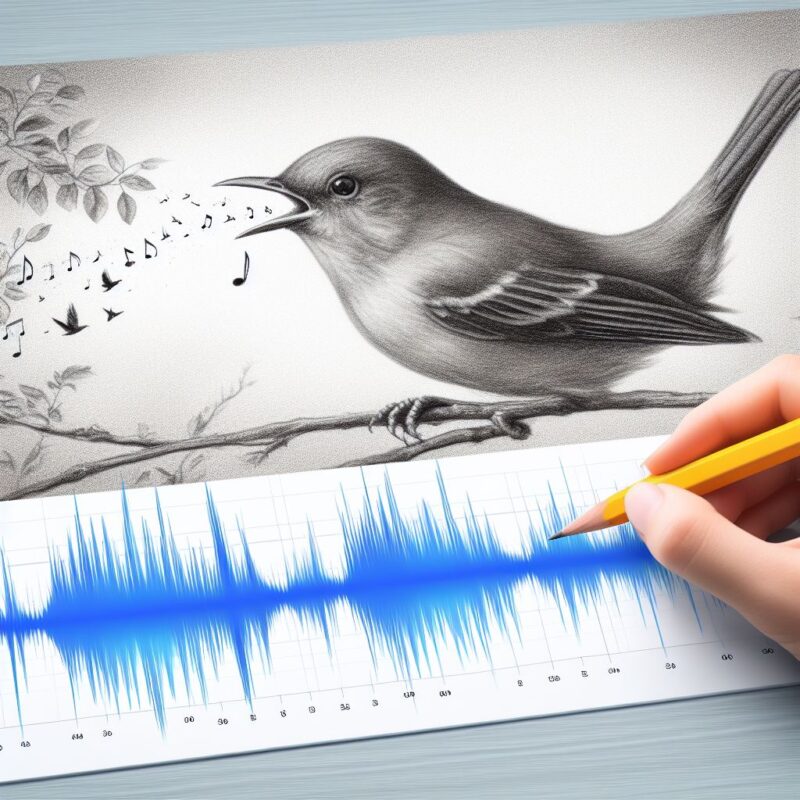High Above: How Satellites are Revolutionizing Bird Conservation Research

The world of bird conservation has entered a new era, thanks to the transformative role of satellites in research and conservation efforts. These orbiting marvels provide a bird’s-eye view of our planet, offering invaluable insights into bird behavior, migration patterns, habitat conservation, and more. In this article, we explore how satellites are playing a pivotal role in advancing bird conservation research.
1. Tracking Bird Migration Patterns
One of the most significant contributions of satellites to bird conservation research is the tracking of migration patterns. Many bird species embark on extraordinary journeys across vast distances, facing numerous threats along the way. Satellites equipped with tracking devices, such as GPS or geolocators, allow researchers to monitor these migrations in real time.
These tracking devices provide precise data on migration routes, stopover locations, and wintering grounds. This information is instrumental in identifying critical conservation areas and understanding the factors influencing migration success. For example, researchers have used satellite tracking to discover new migratory routes, essential stopover sites, and previously unknown wintering areas for various bird species.
2. Habitat Monitoring and Conservation
Satellites are indispensable tools for monitoring bird habitats. They provide a comprehensive view of large-scale habitat changes, such as deforestation, wetland loss, and urbanization, which pose significant threats to bird populations.
Through remote sensing technology, satellites can detect changes in land cover, vegetation density, and water quality. Conservationists use this information to assess the health of ecosystems and make informed decisions about habitat preservation and restoration. Satellites also play a crucial role in monitoring protected areas and identifying instances of illegal land use or encroachment.
3. Climate Change Research
Climate change poses a profound challenge to bird species around the world. Satellites provide essential data for climate change research, helping scientists understand its effects on bird populations. They monitor temperature changes, weather patterns, and shifts in vegetation, all of which impact bird habitats and behavior.
By tracking long-term climate trends, researchers can predict how bird distributions and breeding seasons may change in response to warming temperatures. This information is critical for developing conservation strategies that mitigate the adverse effects of climate change on bird species.
4. Assessing Bird Behavior and Physiology
While ground-based research provides valuable insights into bird behavior, satellites offer a unique perspective. Miniaturized satellite tags and sensors can be attached to individual birds, enabling scientists to gather data on their movements, feeding habits, and physiological responses in real-world conditions.
These satellite-equipped tags record information on factors such as altitude, speed, and body temperature. Researchers use this data to study how birds adapt to their environments, locate food sources, and respond to environmental changes. Such information is vital for understanding the needs of threatened bird species and developing targeted conservation measures.
5. Early Warning Systems for Bird Conservation
Satellites also serve as early warning systems for impending threats to bird populations. For example, they can track weather patterns, including severe storms and hurricanes, allowing conservationists to take proactive measures to protect nesting sites and vulnerable bird populations.
Furthermore, satellites (using GPS systems) help monitor the spread of diseases like avian influenza, which can have devastating effects on both wild and domestic bird populations. Timely detection and response to disease outbreaks are essential for mitigating their impact on bird conservation.
Conclusion
Satellites have become indispensable tools in the world of bird conservation research. Their ability to provide a global perspective on bird behavior, migration patterns, habitat changes, and climate trends has revolutionized the way we approach bird conservation. With the continued advancement of satellite technology, we can expect even more profound insights and more effective conservation strategies to safeguard the future of our avian companions. As we look to protect the diverse and often endangered bird species across the globe, we can be grateful for the invaluable contributions of satellites to this vital field of study.
We are affiliated with Amazon and make a small royalty at no extra cost to you, so by using the links below to purchase your next birding gear you can help us to maintain Simply Birding and continue to bring great content:

Canon, Sony and Nikon cameras: https://amzn.to/4gmtDWk

Lenses for bird photography: https://amzn.to/3WG3vyF

Tripods: https://amzn.to/3PVDNT0

Memory Cards: https://amzn.to/3PV4Y0z

Bird books: https://amzn.to/42NgsKS

Binoculars for bird watching: https://amzn.to/42G0nGZ

Spotting Scopes for bird watching: https://amzn.to/4hom5nq















